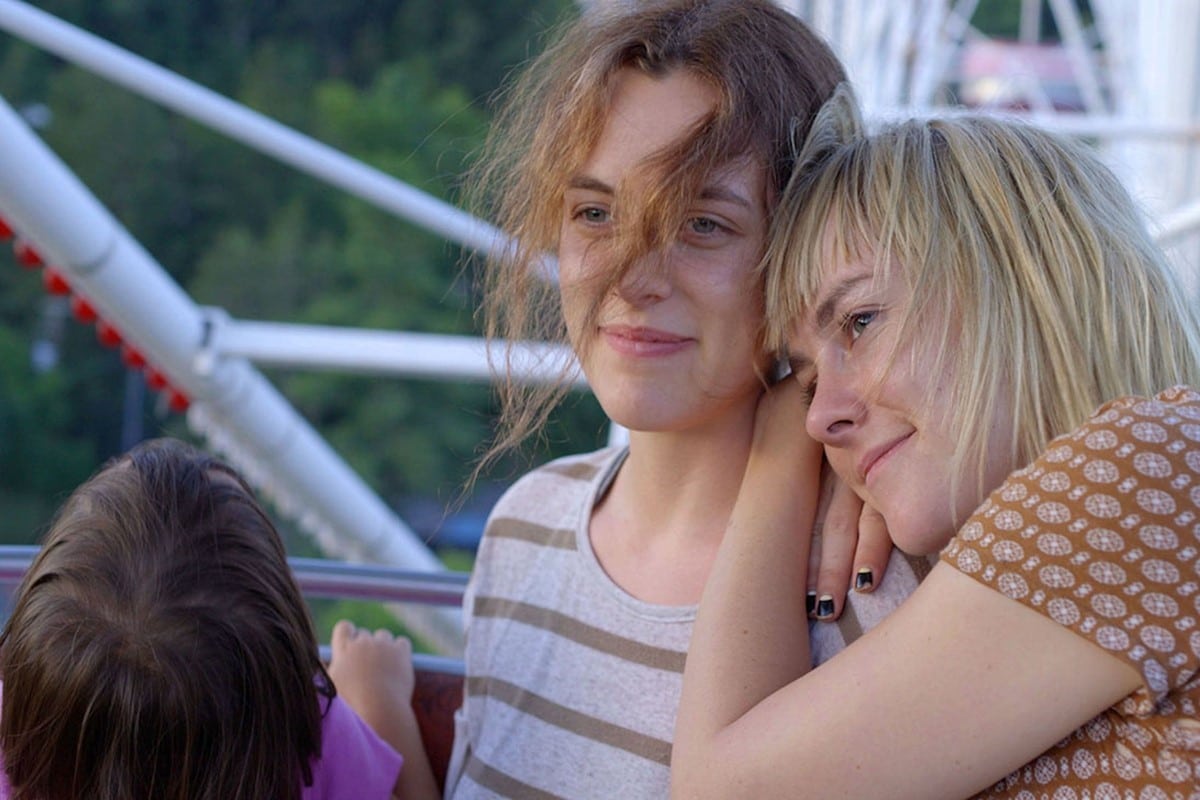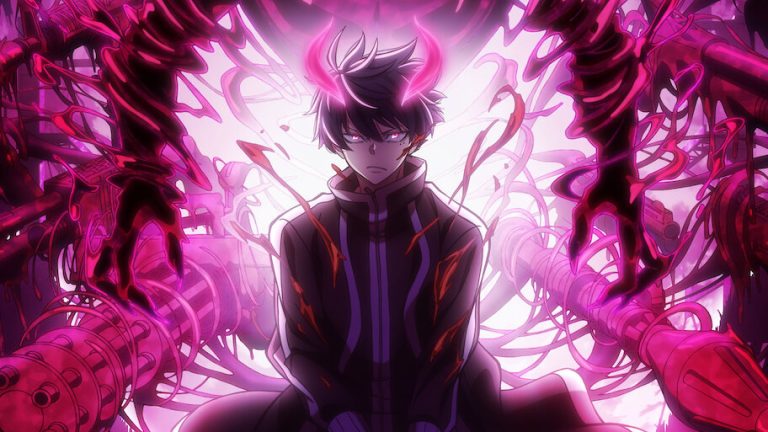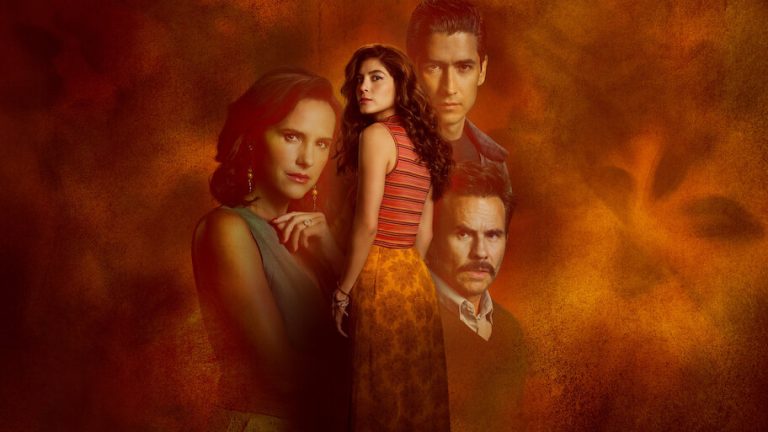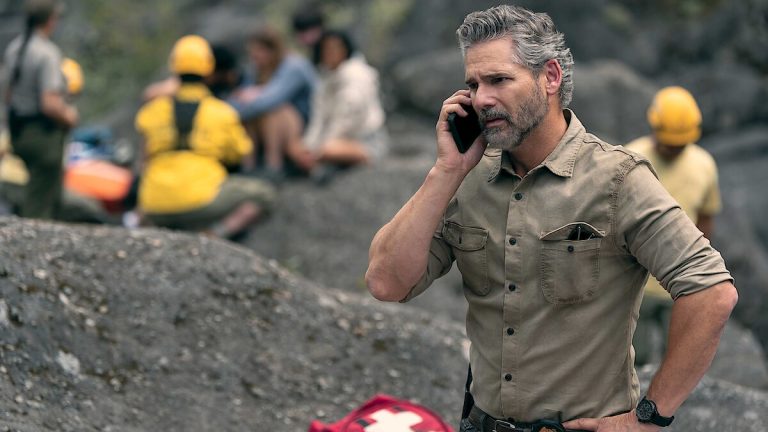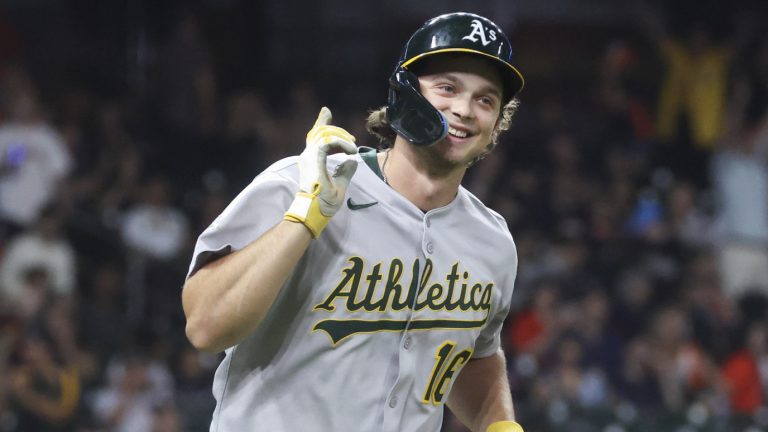Cinema has long been a mirror reflecting culture, and today’s films continue to shape how people dress and express themselves. Whether through iconic costumes or subtle styling choices, movies set visual trends that ripple into everyday fashion.
Today’s cinema influences style trends by introducing new aesthetics and reviving classic looks, which designers and consumers quickly adopt. This connection creates a feedback loop where film and fashion constantly inspire each other.
Audiences often emulate on-screen characters, turning movie wardrobes into real-world style guides. As a result, understanding cinema’s impact helps explain why certain clothing styles gain popularity.
The Relationship Between Cinema and Contemporary Fashion
Cinema offers a visual framework that shapes current style choices. It combines imagery, costume design, and narrative elements to create trends that resonate with viewers beyond the screen.
How Film Imagery Sets Style Agendas
Visuals from movies often become templates for popular looks. For example, the sleek, tailored suits in Killers of the Flower Moon inspired a resurgence of vintage formalwear.
Cinematographers and stylists highlight specific textures, colors, and accessories that attract fashion brands and consumers. This is evident in the use of bold leather jackets in movies like The Matrix series.
Social media accelerates the spread of these images, making film-influenced styles more accessible. Fans replicate outfits seen in trailers or premieres, turning cinematic visuals into immediate fashion statements.
Iconic Outfits and Costume Design in Modern Movies
Costume designers create memorable pieces that define characters and eras. In Barbie (2023), vibrant pastel ensembles helped to influence a playful, pink-colored fashion wave.
Films like Oppenheimer feature period-accurate wardrobes that spark interest in classic tailoring and 1940s-inspired looks. These designs become reference points for contemporary brands and fashion weeks.
Modern movies blend functionality with style, influencing not just aesthetics but practical wear. For instance, the tactical gear in the John Wick series of films impacts menswear through sleek, performance-oriented designs.
Influence of Cinematic Storytelling on Wardrobe Choices
Narratives drive emotional connections to clothing, affecting what audiences want to wear. Characters’ transformations can encourage fans to adopt adventurous or bold styles.
Story arcs around empowerment or identity often emphasize specific wardrobe elements. Viewers may embrace these to express similar sentiments in real life.
The context in which clothes appear—formal events, combat scenes, or casual moments—shapes how audiences perceive and adapt those styles in daily wear. This relationship strengthens the link between cinema and fashion trends.
Direct Impact of Films on Style Trends
Recent films have shaped fashion by creating partnerships, influencing celebrity choices, and inspiring designers on the runway. These effects reflect the interplay between visual storytelling and contemporary style preferences.
Fashion Collaborations With Movie Productions
Studios will sometimes partner directly with fashion brands. Such partnerships boost brand visibility and create exclusive items that fans eagerly purchase. They also drive trends, as these collections often incorporate key themes, such as cyberpunk aesthetics or retro-futurism.
This strategy blurs the line between costume and everyday wear, making film-inspired pieces central to seasonal collections in stores worldwide.
Celebrity Endorsements Sparked by Cinema
Actors in trending films sometimes serve as walking billboards for new styles. Celebrities often extend their screen personas into real life, endorsing brands featured in movies or adopting signature looks from their roles, such as Margot Robbie wearing pink outfits while promoting the Barbie movie. This synchronization magnifies film influence, turning character styling into global fashion signals.
Media coverage of red carpet appearances closely tied to film themes further accelerates the spread of these styles into mainstream wardrobes.
Runway Looks Inspired by Current Film Releases
Designers have often drawn inspiration from films. For instance, Alexander McQueen has designs inspired by the iconic cyberpunk film, Blade Runner. At the same time, designer Thom Browne has designs inspired by outfits featured in the Hunger Games films.
Some designers incorporate direct references, such as prints or color palettes from films, while others reinterpret thematic elements to align with current fashion narratives. This trend highlights a growing dialogue between cinema and high fashion.
Cultural and Social Factors Driving Style Adoption
Cinema’s influence on style trends is shaped by how people share and recreate looks from films currently in theatres. The ways audiences respond to movie styles online and within fan groups affect how widely and quickly these trends spread.
Social Media Amplification of Movie-Inspired Looks
Social media platforms like Instagram, TikTok, and Pinterest play a crucial role in promoting film-inspired fashion. Users post screenshots, costume analyses, and styled recreations, creating visual content that reaches a broad, global audience instantly.
Algorithms on these platforms favor visually engaging material, boosting popular movie styles through hashtags and challenges. This amplification helps outfits from lesser-known films gain popularity quickly, turning them into widespread trends.
Brands often take cues from viral posts, incorporating similar styles into collections. Influencers play a role by styling outfits inspired by recent films, further legitimizing cinematic fashion in everyday wardrobes.
Fans and Communities Recreating On-Screen Styles
Fans form online and offline communities dedicated to emulating characters’ looks from favorite movies. These groups exchange information on sourcing similar clothing, makeup, and accessories to match iconic on-screen appearances.
Cosplay and fan-led styling events showcase detailed recreations, emphasizing authenticity and creativity. Within these communities, shared passion ensures attention to small style details, propelling certain fashions into mainstream awareness.
Fan forums and social media groups also facilitate real-time discussions on evolving styles, encouraging continuous reinterpretation. This active participation sustains interest and drives demand for specific aesthetics tied to cinema.
